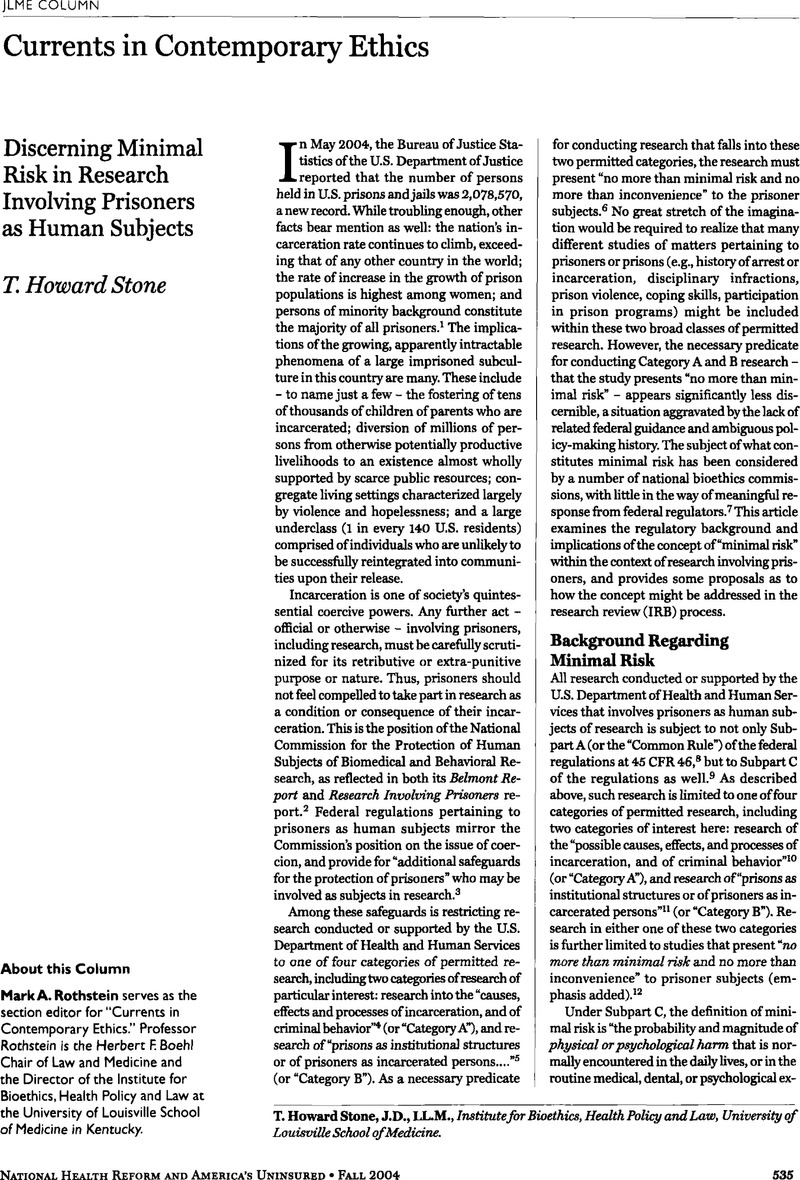Crossref Citations
This article has been cited by the following publications. This list is generated based on data provided by Crossref.
Place, Ronald J.
2006.
Caring for Non-Combatants, Refugees, and Detainees.
Surgical Clinics of North America,
Vol. 86,
Issue. 3,
p.
765.
Merry, Lisa
Gagnon, Anita J.
and
Thomas, Julia
2010.
The Research Program Coordinator: An Example of Effective Management.
Journal of Professional Nursing,
Vol. 26,
Issue. 4,
p.
223.
Beekley, Alec C.
2016.
Surgery During Natural Disasters, Combat, Terrorist Attacks, and Crisis Situations.
p.
125.



